 2008 Mazda BT-50 Double Cab I (facelift 2008) Dimensions, Size & Specs
2008 Mazda BT-50 Double Cab I (facelift 2008) Dimensions, Size & Specs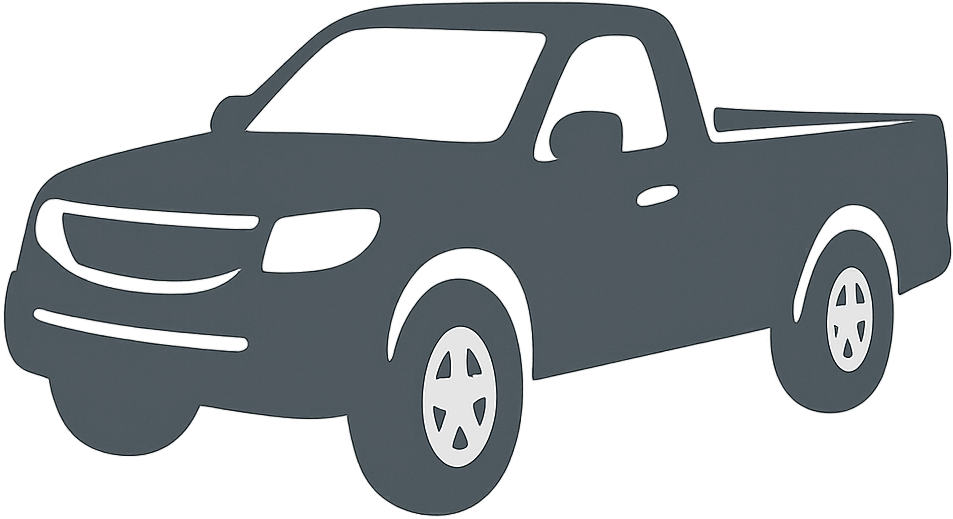
Measurements of the 2008 Mazda BT-50 Double Cab I, engineered for optimal performance and comfort
| Dimensions | |
|---|---|
| Length: | 5075 mm199.8 in16.7 ft |
| Width: | 1805 mm71.1 in5.9 ft |
| Height: | 1760 mm69.3 in5.8 ft |
| Ground Clearance: | 207 mm8.1 in0.7 ft |
| Weight Specifications | |
| Curb Weight: | 1790 kg3946 lbs |
| Maximal permitted Weight: | 2980 kg6570 lbs |
| Tire Specifications | |
| Rims Sizes: |
|
| Tire Sizes: |
|
The Mazda BT-50 Double Cab I (facelifted version from 2008 to 2011) is a robust midsize pickup truck designed to meet versatile utility and driving needs. This generation features a length of 5075 mm (199.8 inches), a width of 1805 mm (71 inches), and a height of 1760 mm (69.3 inches), offering an optimal balance between cabin space and road presence. Weighing in with a curb weight of 1790 kg (3946 lbs), it supports a maximum permissible gross weight of up to 2980 kg (6573 lbs), emphasizing its strong hauling and towing capabilities. Ground clearance is a substantial 207 mm (8.1 inches), suitable for off-road driving and rough terrains, enhancing its utility in diverse environments. The BT-50 rides on either 15 or 16-inch rims, fitted with tire sizes 235/75 R15 or 245/70 R16, contributing to its solid grip and stability on various road surfaces. Overall, this facelifted Mazda BT-50 generation provides a capable and practical pickup option with dimensions and specs tailored for both everyday work and recreational use.
Discover the standout features that make the 2008 Mazda BT-50 Double Cab I a leader in its class
Have a question? Please check our knowledgebase first.
The Mazda BT-50 Double Cab I (facelift 2008) measures 5075 mm (199.8 inches) in length, 1805 mm (71.1 inches) in width, and 1760 mm (69.3 inches) in height. These dimensions place it solidly within the midsize pickup truck category, providing a good balance between maneuverability and cargo capacity. Its considerable length and width give it a strong road presence and ample space for both passengers and cargo, while the height allows for comfortable headroom and off-road capability.
The curb weight of the Mazda BT-50 Double Cab I (facelift 2008) is approximately 1790 kg (3946 lbs). This means the truck itself, without any passengers or cargo, weighs around 1.79 metric tons. Its maximum allowable weight, also known as Gross Vehicle Weight Rating (GVWR), is 2980 kg (6569 lbs). This figure includes the truck's own weight plus passengers, cargo, and any additional equipment. The generous GVWR makes it suitable for hauling and towing tasks commonly expected from a midsize pickup.
The ride height or ground clearance of the Mazda BT-50 Double Cab I (facelift 2008) is 207 mm (8.15 inches). This relatively high ground clearance is beneficial for off-road driving, allowing the truck to negotiate rough, uneven terrain, rocks, and obstacles without damaging the undercarriage. This clearance enhances the vehicle's versatility, making it suitable both for urban driving and outdoor adventures where higher clearance is necessary.
The Mazda BT-50 Double Cab I (facelift 2008) supports two main rim sizes: 15 inches and 16 inches. Correspondingly, the compatible tire sizes include 235/75 R15 and 245/70 R16. Both tire options are designed to offer a good balance of on-road comfort and off-road traction. The tires with a width of approximately 235 mm (9.3 inches) or 245 mm (9.6 inches) and a relatively high sidewall profile provide durability and help absorb shocks from uneven terrains.
The Mazda BT-50 Double Cab I (facelift 2008), with a length of 5075 mm (199.8 inches), width of 1805 mm (71.1 inches), and height of 1760 mm (69.3 inches), is relatively large for a midsize pickup. Standard single-car garage dimensions generally range around 3 meters (118 inches) in width and 6 meters (236 inches) in depth. Given these common garage sizes, the BT-50 should fit comfortably in terms of length and width, though exact fit depends on garage design and space for vehicle entry and exit. Height is also generally not an issue unless the garage has lowered ceilings or obstructions.
The facelifted 2008 Mazda BT-50 Double Cab I retains much of the structural dimensions of its predecessor but includes styling updates and possibly revised features. The length remains around 5075 mm (199.8 inches), while the width and height are consistent with earlier models. The facelift focused more on improved aesthetics and interior comfort rather than large dimensional changes. This continuity means owners of previous generation BT-50s will find a familiar size with potentially enhanced value in the facelift model.
Compared to other midsize pickups from the same era, such as the Ford Ranger or Toyota Hilux, the Mazda BT-50 Double Cab I (facelift 2008) features very competitive dimensions. Its length of 5075 mm (199.8 inches) is slightly on the longer side, which contributes to good cargo and cabin space. Width at 1805 mm (71.1 inches) is typical and allows for comfortable seating inside. Ground clearance of 207 mm (8.15 inches) is comparable to rivals and supports similar off-road capabilities. Overall, the BT-50 offers a balance of size and functionality that matches well with competitors.
The Mazda BT-50 Double Cab I (facelift 2008) features a double cab configuration, which means it has four full doors and seating for up to five passengers. The interior prioritizes comfort and practicality, with ample headroom and legroom given the overall height of 1760 mm (69.3 inches). The width of 1805 mm (71.1 inches) allows for comfortable seating, while the relatively high roofline contributes to an airy cabin feel. Features often include adjustable seats and ergonomic controls, making the vehicle comfortable for both short urban trips and longer journeys.
While specific cargo bed dimensions are not provided here, the Mazda BT-50 Double Cab I (facelift 2008) in double cab form generally offers a moderate cargo bed length consistent with midsize pickups, usually around 1.5 meters (approximately 5 feet) in length. This size balances passenger comfort with utility; the cargo bed is suitable for transporting typical pickup loads such as equipment, tools, or recreational gear. The GVWR of 2980 kg (6569 lbs) supports carrying heavy payloads safely. For exact cargo bed dimensions, checking official Mazda specifications or manuals would be beneficial.
The curb weight of the Mazda BT-50 Double Cab I (facelift 2008) is around 1790 kg (3946 lbs), which is relatively standard for a midsize pickup truck of that era. This weight impacts both fuel efficiency and handling characteristics. Heavier vehicles typically consume more fuel, especially under load or during acceleration, so the BT-50's fuel economy will depend on engine choice and driving conditions but will be typical for its class. In terms of handling, the weight contributes to stability on highways while potentially reducing agility compared to lighter vehicles. However, the robust weight helps provide a solid feel on rough terrain and improved towing capability.
Discover similar sized cars.
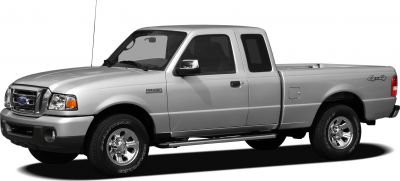
| Production: | 2009-2011 |
|---|---|
| Model Year: | 2009 |
| Length: | 5080 mm200.0 in |
| Width: | 1788 mm70.4 in |
| Height: | 1762 mm69.4 in |
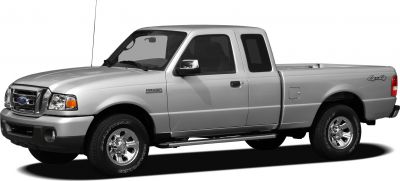
| Production: | 2009-2011 |
|---|---|
| Model Year: | 2009 |
| Length: | 5080 mm200.0 in |
| Width: | 1788 mm70.4 in |
| Height: | 1762 mm69.4 in |
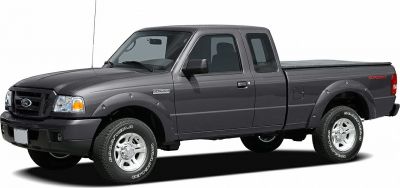
| Production: | 2006-2010 |
|---|---|
| Model Year: | 2006 |
| Length: | 5075 mm199.8 in |
| Width: | 1805 mm71.1 in |
| Height: | 1745 mm68.7 in |
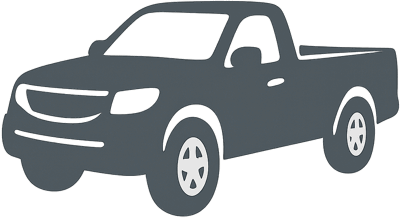
| Production: | 2008-2011 |
|---|---|
| Model Year: | 2008 |
| Length: | 5075 mm199.8 in |
| Width: | 1805 mm71.1 in |
| Height: | 1745 mm68.7 in |

| Production: | 2006-2008 |
|---|---|
| Model Year: | 2006 |
| Length: | 5075 mm199.8 in |
| Width: | 1805 mm71.1 in |
| Height: | 1755 mm69.1 in |

| Production: | 2006-2008 |
|---|---|
| Model Year: | 2006 |
| Length: | 5075 mm199.8 in |
| Width: | 1805 mm71.1 in |
| Height: | 1755 mm69.1 in |

| Production: | 2006-2007 |
|---|---|
| Model Year: | 2006 |
| Length: | 5035 mm198.2 in |
| Width: | 1740 mm68.5 in |
| Height: | 1680 mm66.1 in |
